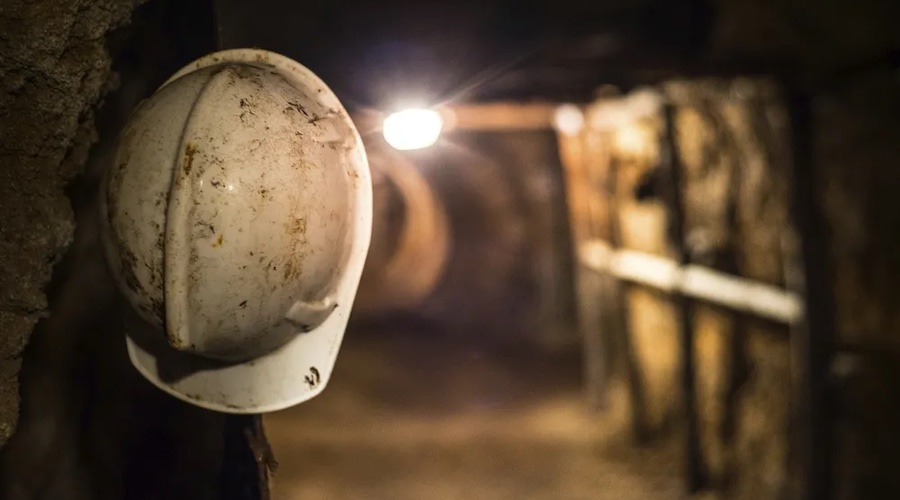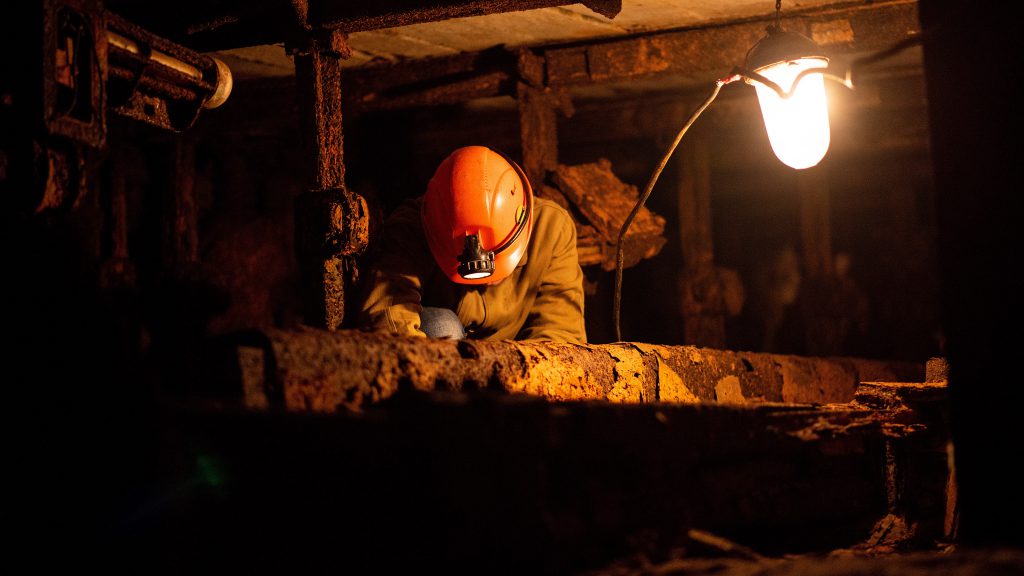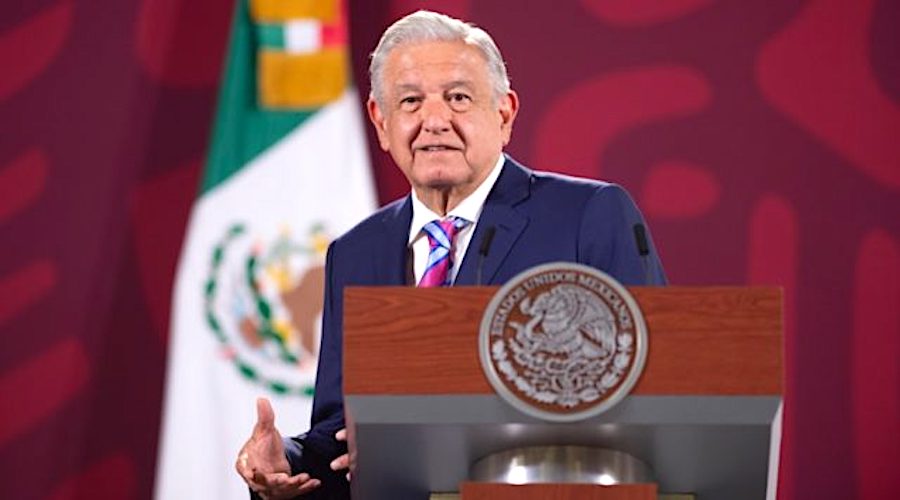From a murderous affair to an anonymous Black jockey, the true story behind the moving pictures in Jordan Peele's 'Nope'Muybridge's study of a horse in motion reveals a glimpse into the world of Black jockeys in the 19th and 20th centuries. Eadweard Muybridge/National Gallery of Art
The movie 'Nope' features a clip of a Black jockey on a galloping horse.
Eadweard Muybridge, an English photographer, sought to capture horses and other animals in motion.
His photos offer a glimpse into the success of Black jockeys in the 19th and 20th centuries.
One of the early visuals in Jordan Peele's "Nope" features a clip of a Black jockey on a galloping horse in an entrancing loop.
"Did you know that the very first assembly of photographs to create a motion picture was a two-second clip of a Black man on a horse?" Emerald Haywood, played by Keke Palmer, asks at the start of the movie.
The clip was made of a series of photographs shot by Eadweard Muybridge, an English photographer who emigrated to the United States in the mid-1800s.
Like the characters in "Nope," who try to take photos and videos of an elusive alien presence, Muybridge set out to capture a near-impossible shot using 19th-century technology: galloping horses.
Muybridge's photographs not only helped advance understanding of animal motion, but also offer a glimpse into Black success during the Jim Crow era, according to historians.
"The world of sports and entertainment was one of few in which African Americans could excel," John Ott, an art history professor at James Madison University, said. "The photographs show the opportunities and the means by which they could achieve a middle-class livelihood."
The story behind Muybridge's photography project
Starting in 1873, former California governor and industrialist Leland Stanford first commissioned Muybridge to photograph one of his horses. The project ended up a success, capturing the horse at full speed.
The work Muybridge and Stanford began was interrupted in October 1874, when Muybridge discovered his wife had had an affair with their friend. He tracked the friend down and shot him point-blank. Muybridge was arrested that night.
When he went on trial for murder in February, Muybridge pleaded insanity due to a severe head injury he suffered in a stagecoach accident more than a deade prior. He was ultimately acquitted on the grounds of justifiable homicide. By 1877, Muybridge resumed his work with Stanford.
Muybridge captured more running horses at Stanford's farm in 1878. "The Horse in Motion" series included photographs of one horse, Sallie Gardner, with a jockey who some historians believe may have been a Black rider.

By Eadweard Muybridge, Animation: Nevit Dilmen - Library of Congress Prints and Photographs Division;
http://hdl.loc.gov/loc.pnp/cph.3a45870, Public Domain, Link
The clip used in "Nope" comes from a later project Muybridge worked on with the University of Pennsylvania in around 1883. He and Stanford had fallen out over credit issues. The university tasked Muybridge with expanding his earlier project to look at other forms of motion, from the movement of kangaroos and lions to humans performing somersaults and lifting weights.
Muybridge published his final compendium, titled "Animal Locomotion," in 1887. The collection included photographs of an unnamed Black jockey riding a horse named Sallie G. The only other person of color featured in the collection was Ben Bailey, a mixed-race boxer.
Historians say the inclusion of Black athletes was double-edged
As an outsider from England, Muybridge was not deeply involved in the political and social struggles in the US, according to art historian and curator Philip Prodger. But he said the inclusion of Black athletes in Muybridge's collection offered a glimpse into their place in the social milieu at the time.
Sports presented one of the few opportunities for Black Americans to achieve a middle-class life, according to historians. The majority of the Black population at the time were laborers and took on other service jobs.
"Boxing and horse racing were two fields where they could make a name for themselves and could mingle with white Americans," Ott said.
Black jockeys in particular saw major success. In 1875, the inaugural year of the Kentucky Derby, 13 of the 15 jockeys who competed were Black. Fifteen of the first 28 Derbys were won by Black jockeys.

James Winkfield, a two-time Kentucky Derby winner, raced across Europe after encountering racism in America.
Courtesy Kentucky Derby Museum/Kinetic Corporation
But the opportunities came at a cost. The success of Black jockeys exposed them to long-standing racist ideas that African Americans were animalistic and "lesser," according to Ott. He added that horse-racing was also a physically punishing sport: Jockeys had to keep their weight down, and many turned to alcohol to curb their hunger.
As jockeys, which were originally not regarded as a high-status job, became more respected as a profession, and as horse-racing became more lucrative, Black Americans were increasingly shut out, Prodger said.
In 1905, the Washington Post published an article titled, "Negro Riders on the Wane: White Jockeys' Superior Intelligence Supersedes," where the author argued that the decline in Black jockeys was because the sport was no longer considered "ignoble."
"It cuts both ways, but it's ultimately a story of African Americans using opportunities available to them and recognizing the importance of imagery — using it to present themselves as accomplished," Ott said.













